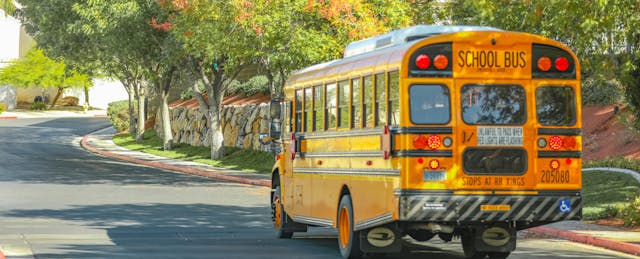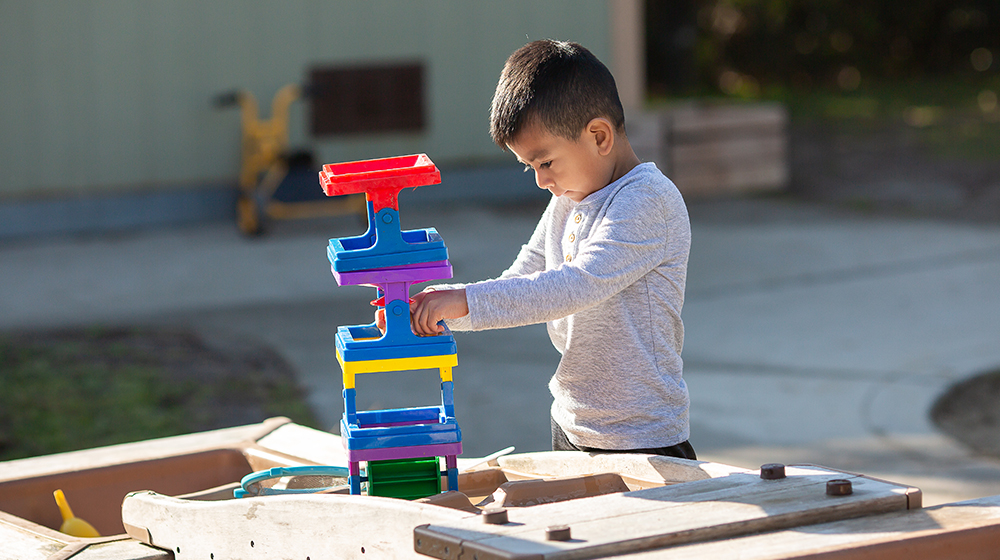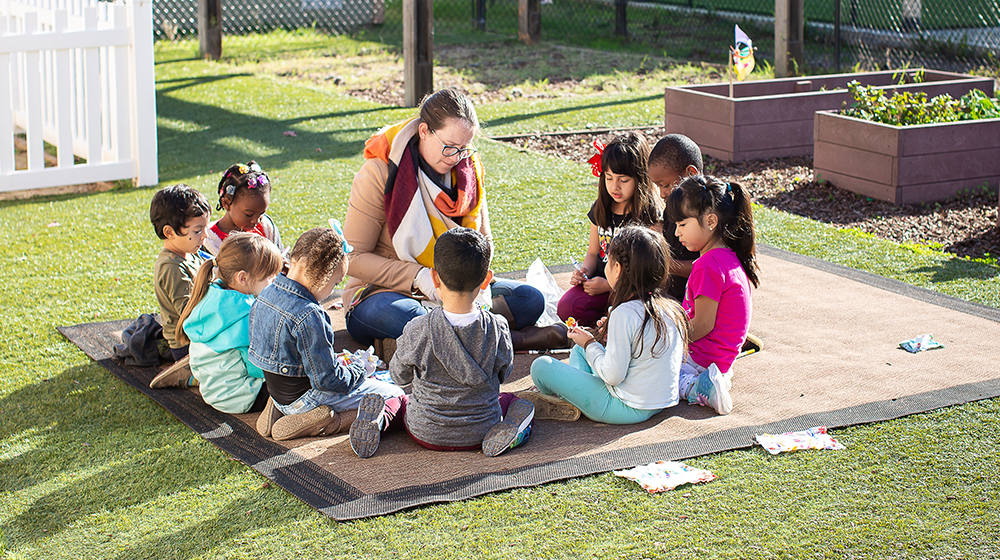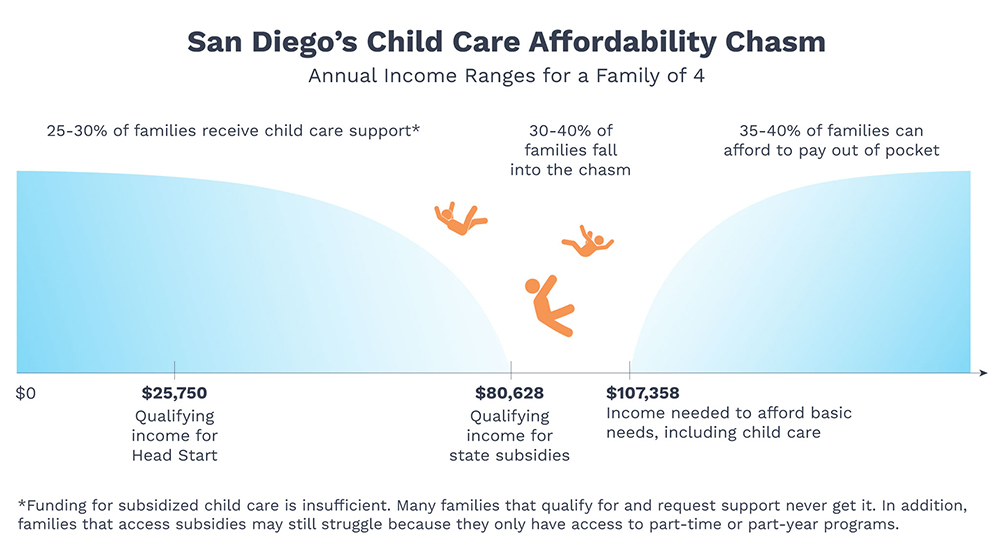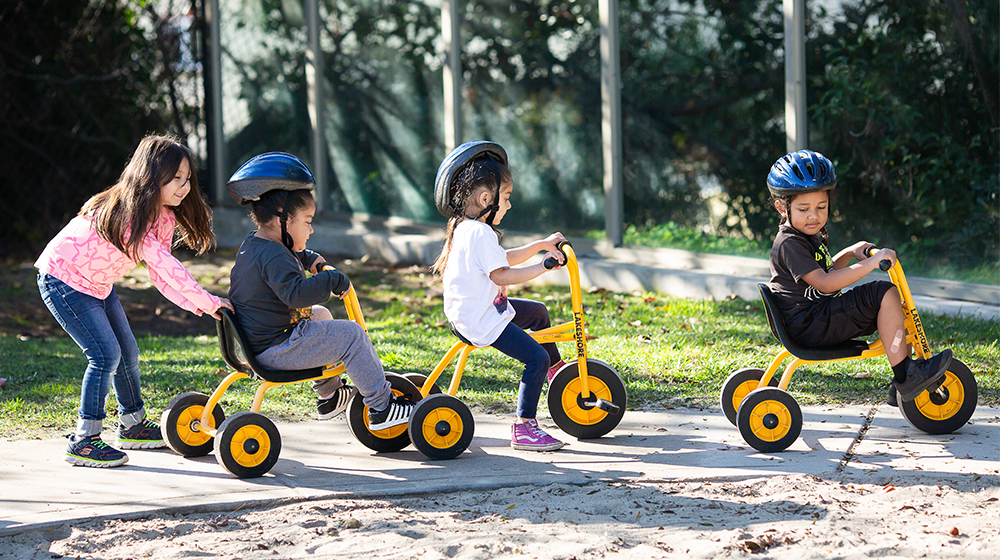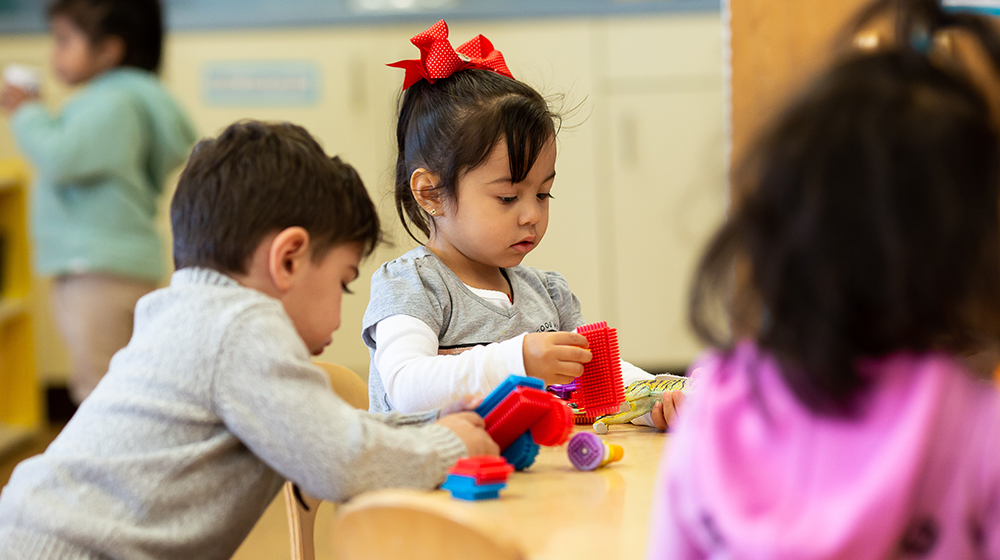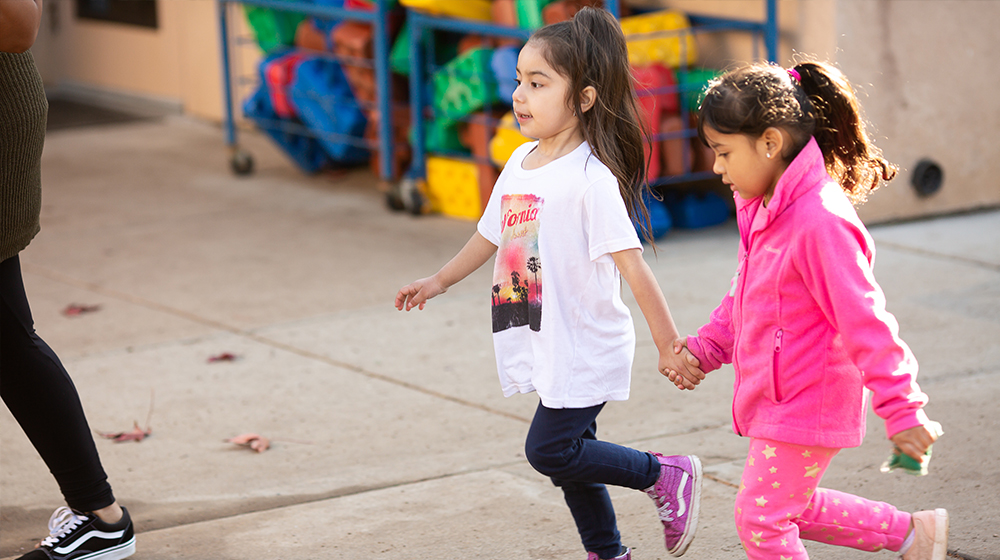Abstract
As the United States considers reopening schools after the first wave of the COVID-19 pandemic, policymakers and administrators need to consider how to reopen in a way that keeps students and staff safe. This brief provides insight into health and safety guidelines and social distancing strategies used in other countries that have successfully reopened their schools in the context of COVID-19. Examples are intended to support school policymakers and administrators in the United States as they plan for reopening.
Introduction
Schools across the United States canceled in-person classes beginning in March 2020 to contain the spread of the COVID-19 virus. In many states and districts, school buildings are closed for the duration of the school year. Across the country, policymakers and school leaders are making plans to reopen schools for the next academic year, and some are preparing to do so sooner. In order to reopen schools safely and mitigate disease spread, state and district leaders will need to address several important health considerations.
This brief compiles preliminary information on health and safety guidelines from five countries that have continued or reopened schools during the COVID-19 outbreak: China, Denmark, Norway, Singapore, and Taiwan. (See “Selected Countries With Open Schools.”)
Each of these countries has been successful, to date, in avoiding spread of COVID-19 in schools. Countries that have reopened differ significantly from the experiences so far in the United States, however, in terms of the extent of their testing and tracking of cases. The capacity to test and track cases, and to isolate individuals who have been exposed to infection, is related to the success of these strategies.* As states plan to reopen schools, they should thus do so in close coordination with their state and/or local health authorities.
The brief focuses on guidelines in three areas: attendance, social distancing, and hygiene and cleaning. Information was gathered from health and safety guidance documents from each country’s Ministry of Education (as of May 3) as well as media and journal articles.(01)
*The Learning Policy Institute has not investigated the health implications of using any of these practices in the United States and does not endorse the safety or effectiveness of these practices or of any medical practices.
Attendance and Health Screening
An important step to supporting safety in schools is allowing at-risk students and staff to stay home and ensuring that all suspected or confirmed cases of COVID-19 are immediately quarantined. It is thus important for schools to provide ongoing distance learning and continuity plans to support students and staff who are in and out of school for health reasons. It is also likely that schools may need to be prepared for distance learning in situations in which schools need to close temporarily to prevent further spread of the virus.
Attendance Policy
The decision to return to school in the countries studied here was generally made when local infection rates had slowed significantly and other parts of the economy were being reopened. In some cases the decision to reopen schools was informed by multiple stakeholders. In Denmark, for example, the Ministry of Education made the choice to reopen in consultation with teacher and student unions. In South Korea, the Ministry surveyed families and teachers to solicit input about reopening schools.(04)
Given the health risks, however, on-site school attendance has generally been voluntary for all students in the first wave of reopening. Denmark and Norway, for example, have made on-site student attendance optional for the 2020–21 school year, and school employees over the age of 60 and those with designated health risks have been given the option to contribute to school operations from home. By Denmark’s second week of reopening school, 80–90% of primary school students and half of children in preschool and kindergarten had returned to school. Denmark has adjusted staffing to accommodate the small number of employees who stayed home for medical reasons, but officials say that schools are operating at capacity and cannot yet accommodate all students.
Health Screening and Quarantine Procedures
Screening: Health screening occurs daily for students and staff in schools that have reopened. Health and safety guidelines include temperature checks and reporting symptoms upon arrival, before entering the building. China and Singapore advise at least two temperature checks daily, a practice used in Singapore in 2003 during the SARS outbreak. In Singapore, students take their own temperatures, and families must additionally report any international travel to teachers before a student enters the building.(05) Some countries require that staff wear protective gear when taking students’ temperature, such as masks and gloves, and clean thermometers after each use. In Taiwan and some parts of China, these materials are provided by the government.
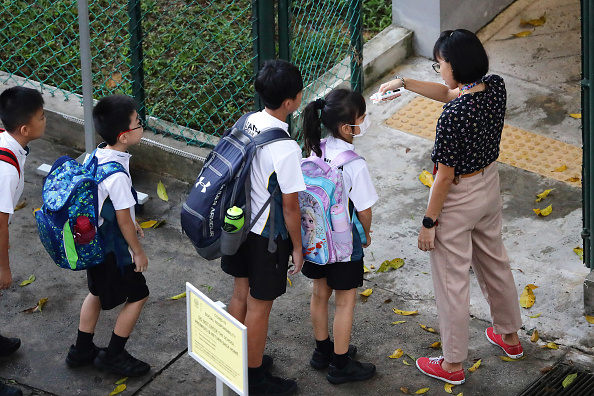
Students in Singapore undergo temperature checks at the gate before entering school. (Photo by Suhaimi Abdullah/Getty Images.)
Quarantine: Students and staff are immediately sent home if they exhibit any symptoms of the virus or if they report having been in contact with someone who is infected. (In Singapore, contact with infected individuals is also tracked by the voluntary use of a phone app.(06)) If symptoms are identified upon arrival, the individual must wait in a designated room until picked up. Quarantine procedures vary by country. In Denmark, children who come to school with symptoms are sent home immediately for 48 hours, and students who live with someone known to be infected with COVID-19 are not allowed to come to school. Norway allows students to return to school after they are symptom-free for 1 day, and students with a cold or pollen allergies are specifically allowed to attend school if they do not have a fever. In China, students who have had contact with someone with COVID-19 must self-quarantine for 14 days before returning to school; students who have symptoms themselves must be taken to a hospital for evaluation and may return to school after they recover.
School Closure
Administrators must develop contingency plans for closing classrooms or schools in the event that students or staff contract COVID-19. Taiwan, for example, follows procedures, called classroom suspension, that it used during the H1N1 influenza outbreak. If one or more students or staff persons in a class is confirmed to have COVID-19, that class is suspended for 14 days; in high school this applies to all classes the person attended. If two or more cases are confirmed in a school, the school is closed for 14 days. If one third of schools in a city or district are closed, then all schools must close.
Questions for State and District Policymakers:
- What should expectations be for virtual and in-person student and staff attendance?
- How will schools efficiently and effectively conduct health screenings?
- What quarantine procedures should be required?
- What criteria should schools use to determine if closure is warranted?
- How will school policies be effectively communicated to students and families?
Social Distancing
Studies of previous influenza outbreaks show that schools can safely prevent the spread of disease in some contexts if measures are put into place to support social distancing.(07) Social distancing has two main components, as identified by the U.S. Centers for Disease Control and Prevention and the World Health Organization: keeping individuals at a safe distance from one another (3 to 6 feet) and reducing the number of people with whom an individual interacts face-to-face. Countries are taking various approaches to accomplish social distancing in schools, including reducing class size, keeping students in a stable homeroom class, seating students farther apart with assigned seats, canceling large-scale gatherings such as assemblies and sporting events, and using staggered school schedules so that fewer students attend school at the same time or are congregated in common areas at one time.
Social Distancing in Classrooms
Denmark’s guidance requires students to maintain 2 meters (6 feet) of separation in class and recommends that classes be divided into one or more stable groups. In practice, this has meant reducing group size to 10 or 11 students. Staff are limited to working with one or two classes, and support staff help teachers cover the split classes. In addition to using primary school classrooms, schools are using outside areas, gyms, and secondary school classrooms because, at the time of this writing, older children had not yet returned to school.(08) When older students return to face-to-face classes, they will stay in their homeroom classes while teachers rotate in and out, with the exception of biology and chemistry classes, which will continue to take place in lab rooms.
Norway’s guidance is similar to Denmark’s, limiting class size to 15 students per class in primary school and 20 students in middle school. It furthermore allows two staff members to work together to teach a split class. Guidance makes clear that social distancing may be difficult with young children and that, while distance should be maintained as much as possible, “comfort and contact for the smallest children in child care should be maintained.”
Taiwan, in contrast, has not set maximum class sizes. Schools keep students in a homeroom class with a core teacher, while subject-specific teachers move between classes. Studies suggest that, during the H1N1 outbreak, this approach to social distancing, combined with Taiwan’s classroom suspension procedures described above, contained the spread of disease and reduced social disruption.(09) In addition to maintaining stable homerooms, students as young as kindergarten wear masks supplied by the government, and desks are separated from one another, sometimes using dividers.
In Singapore, usual class sizes were maintained at about 30 students, but classrooms tended to be large already, allowing for students to be spaced 1–2 meters (3–6 feet) apart. In kindergarten through Grade 2, children sit together in stable clusters. In Grades 3 and up, children have assigned seats in rows set up as if they are taking examinations, and they may not move around.(10) Similar measures are being taken in China, although practices vary locally. Some schools have reduced class size from an average of 50 students to fewer than 30.(11)
Austria, which at the time of this writing planned to reopen its primary schools on May 18, recommends that schools stagger student attendance to allow sufficient space for social distancing. Federal guidance offers sample schedules; for example, schools may send one group of students to school on Monday to Wednesday one week but on Thursday to Friday the following week. Schools are required to send schedules to families weeks in advance so that they can plan accordingly. Hong Kong, alternatively, will offer only half-day classes to facilitate schools’ cleaning of their premises. The week before Singapore schools closed on April 8, schools had 1 day a week of home-based learning, with grade levels assigned different days of the week to reduce school traffic.
Questions for State and District Policymakers:
- Should all students return at the same time, or should start dates vary by students’ grade level or specific needs?
- Should in-school learning be blended with distance learning to reduce school traffic?
- What is a feasible yet safe physical distancing expectation?
- Might classroom spacing or group size vary by age?
- What school spaces are available to be repurposed as classrooms? Are there nearby community facilities that might be used for classrooms as well?
- What staff might be available to teach or monitor small groups?
- Might teachers rotate from class to class to avoid students congregating in hallways during passing time?
Social Distancing Outside of Class
Schools will need to consider how to keep students and staff at a safe distance from one another outside of class, particularly during arrival and dismissal, mealtimes, recess, and class changes.
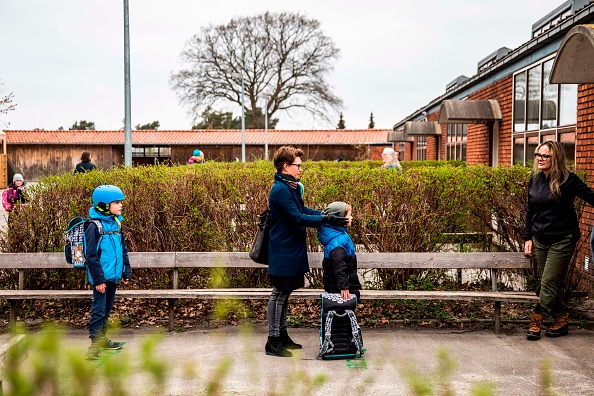
Parents and children stand in a queue to get inside Stengaard School north of Copenhagen, Denmark. (Photo by Ólafur Steinar Gestsson / Ritzau Scanpix / AFP) / Denmark OUT (Photo by OLAFUR STEINAR GESTSSON/Ritzau Scanpix/AFP via Getty Images.)
Arrival: Where possible, schools are generally encouraged to stagger their start and end times and to have designated routes to class with multiple entrances to avoid having students and families congregate. Family members and visitors are not allowed on the school premises, except when needed in younger grades. In Norway, a letter was sent home before school start to explain these procedures. In Denmark, arrivals and departures are sometimes staggered by grade, so the children come into school single file, with markings on the ground to show where students should wait as they enter. In Austria, China, and Taiwan, students and teachers are required to wear face masks and wash their hands as they enter the building. (In Austria, masks may be taken off in class.) Before schools reopened, local officials in some areas of China required staff to run simulations and drills before students returned to ensure an orderly flow of traffic.(12)
Mealtimes: Guidance generally recommends handwashing before and after meals; encourages students to be spaced well apart and stay with homeroom groups; and sets standards for handling food and utensils and cleaning tables. Shared food and buffet-style meals are not allowed. Typically, students eat at their desks. In Taiwan and China, some schools use dividers to reduce germ transmission, as lunch is the one time each day students take off their masks.(13) Some of China’s schools split students up at lunchtime so that some students use the cafeteria with assigned seating that is partitioned or spaced apart, while others eat in their classrooms; cookware, utensils, and towels must be sterilized after each use. Singapore also assigns seating in the cafeteria to be able to trace individuals’ contacts.(14) Norway discourages use of the cafeteria but suggests that, when used, only one homeroom group enter at a time.
Recreation: Indoor and inter-school sports activities have generally been suspended, while outdoor playtime is allowed in small, supervised groups. Taiwan has suspended all sports and physical education; in China, physical education continues in some schools based on local decision-making.(15) Denmark and Norway recommend that schools use outdoor spaces as much as possible, including for gym class. They encourage play in homeroom groups divided into smaller groups—for example five children in one area—with increased adult supervision to ensure that students do not touch one another. Singapore staggered timing for recess for different groups, a practice recommended in other countries as well.
Transportation: Several countries’ guidance discourages the use of public transportation, although all recognize it may be necessary and suggest the use of masks and frequent cleaning. School buses are allowed in China, Denmark, and Norway, but schools are encouraged to use buses at half capacity (e.g., only one student in a row designed for two), and in Norway, students are encouraged to take their own transportation to school when possible. In Jiangxi, China, some schools created new bus routes to accommodate the change in ridership and to reduce the need for students to take public transportation.(16) Taiwan is still running school buses and public transit as usual but requires cleaning and disinfection of seats, armrests, and grab handles at least once every 8 hours, including before and after shifts of students are transported.(17)
Questions for State and District Policymakers:
- How might traffic be reduced in common spaces? Are staggered start, end, and passing times feasible?
- Where should students eat so that they are not congregated in large groups, and how should school meals be distributed?
- How should playground use be scheduled to reduce contact between groups?
- How will students get to and from school, and how might this affect scheduling?
Hygiene and Cleaning
Countries have taken common approaches to handwashing, which are consistent with the U.S. Centers for Disease Control and Prevention’s recommendations for frequent handwashing and cleaning of commonly touched surfaces to mitigate the virus. Countries’ guidance on cleaning products and procedures vary, however; states should consult federal and state guidance on the use of disinfectants and allowable chemical use in schools.
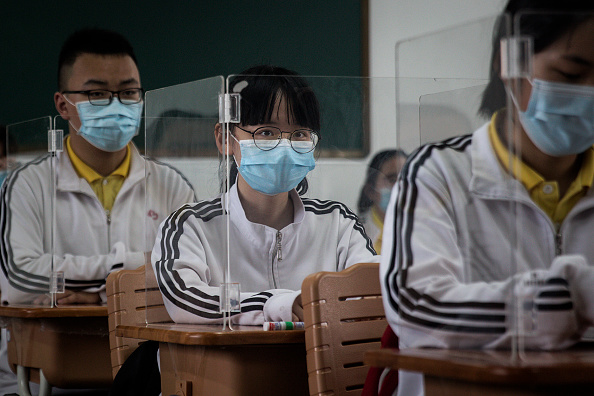
Students study in a classroom with transparent dividers placed on each desk to separate each other as a precautionary measure against the spread of COVID-19 at Wuhan No. 23 Middle School. (Photo by Getty Images.)
Hygiene
Masks: In China, masks are required at all times for teachers, as well as for students as young as age 3, and in Taiwan they are required whenever a distance of 2 meters (6 feet) cannot be maintained. The government provides students and staff with free masks to wear at school.(18) Denmark and Norway, on the other hand, do not require students to wear masks. Austria will require masks when students enter and move about the building, but not during class.
Handwashing: Frequent handwashing is recommended in all countries, sometimes as often as every 2 hours. Denmark and Norway have created posters and videos to support schools’ teaching of healthy habits, and guidance requires school employees to receive training on hygiene standards. In Singapore, the Ministry of Education also launched cartoon heroes known as the Soaper 5 to remind students to practice good personal hygiene. Denmark’s guidance allows for the use of wipes and hand sanitizer with 70–85% rubbing alcohol in the case that water is not accessible. When South Korea reopens its schools, it will require that students participate in online classes related to personal hygiene and health and safety measures the week before they return to school.(19)
Cleaning
Areas and materials to clean: Cleaning is frequent, especially in common spaces. In Taiwan, for example, the Central Epidemic Command Center provided guidance for the cleaning and disinfecting of schools and school buses before students returned from their February break, and schools were reminded to institute appropriate cleaning and disinfecting procedures once school resumed.(20) Schools in all countries are encouraged to wipe down high-touch areas, such as doorknobs and desks, every 2 hours. In Norway and Singapore, students wipe their own desks. Windows and doors are left open as much as possible to maintain ventilation. In Norway, toilets and sinks are expected to be cleaned 2–4 times a day, and tablets and computers must be wiped after each use.
Shared materials: Shared materials are discouraged, but when used they must be cleaned before being used by other groups of students. Denmark specifies that toys must be washed twice daily, and those that cannot be cleaned easily should not be used. Computers or tablets, when needed, should be shared by only a few students. In Norway, library books may be used if students wash their hands first, but other countries have closed libraries.
Cleaning products: Guidelines in China, Denmark, Norway, and Taiwan all recommend careful cleaning with soap and water or disinfectant at least once daily and outline proper waste disposal and removal. In most cases, government entities provide schools with cleaning supplies. Recommended cleaning products vary by country. China’s guidelines, like South Korea’s, recommend wiping or spraying chlorine dioxide concentrations of 500 mg/L on furniture, door frames, doorknobs, sinks, and floors; surfaces should be precleaned with water, and water should be used after 30 minutes to remove disinfectant.(21) In Norway, guidance requires the use of water and ordinary detergents, but it does not require the routine use of disinfectant or protective gear when cleaning most areas.
Questions for State and District Policymakers:
- What areas and equipment need to be cleaned, by whom, and how often?
- What cleaning supplies will be used, and what should standards be for their use?
- Should students and staff be required to wear masks, and if so, when?
- How often will students and staff be expected to wash or sanitize hands, and how will this be handled?
- Will more sinks need to be installed for handwashing, or will hand sanitizer be available?
Conclusion
Research suggests that social distancing techniques, along with careful hygiene, cleaning, and use of quarantine, can reduce the spread of disease in schools. The international examples described in this brief provide insight into how these strategies can be put into operation in various contexts to protect the health and safety of students, staff, and families.

 Students may find that their “new normal” resembles what they experienced in quarantine: a curriculum oriented towards flexibility that supports not only day-to-day life disruptions but a majorly unstable and unknowable future.
Students may find that their “new normal” resembles what they experienced in quarantine: a curriculum oriented towards flexibility that supports not only day-to-day life disruptions but a majorly unstable and unknowable future.



